Ancient Sumela Monastery frescoes in Turkiye undergo restoration
Sumela Monastery, listed as a tentative UNESCO world heritage site, was reopened on Aug. 15, 2010

Also known as Mother Mary or Virgin Mary, it is carved out of rocks in a wooded area on the slope of mountain in Macka, 300 meters (984 feet) above Altindere Valley
Centuries-old frescoes that decorate the walls of the world-renowned Sumela Monastery in Türkiye’s Black Sea province of Trabzon are being meticulously restored to their original splendor.
Also known as Mother Mary or Virgin Mary, the fourth-century monastery overlooks lush Altindere Valley from its 300-meter (984-feet) perch on the side of Mount Karadag, where it is carved into the rock.
Sumela Monastery, listed as a tentative UNESCO world heritage site, was reopened for religious practice on Aug. 15, 2010, after a hiatus of 88 years.
Fresco restoration work began this May, led by Türkiye's General Directorate of Cultural Heritage and Museums, which operates under the country's Culture and Tourism Ministry. The project focuses on repairing damage caused during past visits using undertone and acqua sporca techniques.
The Trabzon Restoration and Conservation Regional Laboratory Directorate has been leading the restoration, bringing scenes like "The Last Supper" back to life.
Restorer Senol Aktas said they aim to offer visitors a better visual experience. "We remove these writings, scratches or traces of vandalism on the frescoes with the methods we call 'undertone' and 'acqua sporca' and present a better image," Aktas told Anadolu.
Another restorer, Beytullah Arslan, added that urgent stabilization measures were being taken in areas at risk of deterioration. The restoration process follows rigorous documentation, paint, and plaster analysis protocols.
"We use authentic materials and techniques to ensure the closest match to the original paintings," Arslan said.

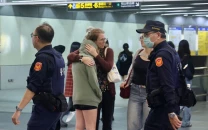
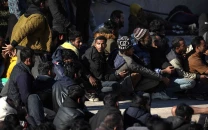
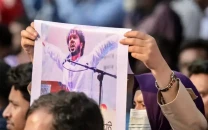
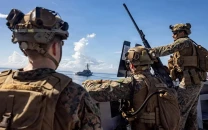
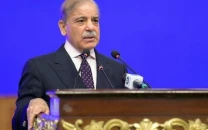













COMMENTS
Comments are moderated and generally will be posted if they are on-topic and not abusive.
For more information, please see our Comments FAQ